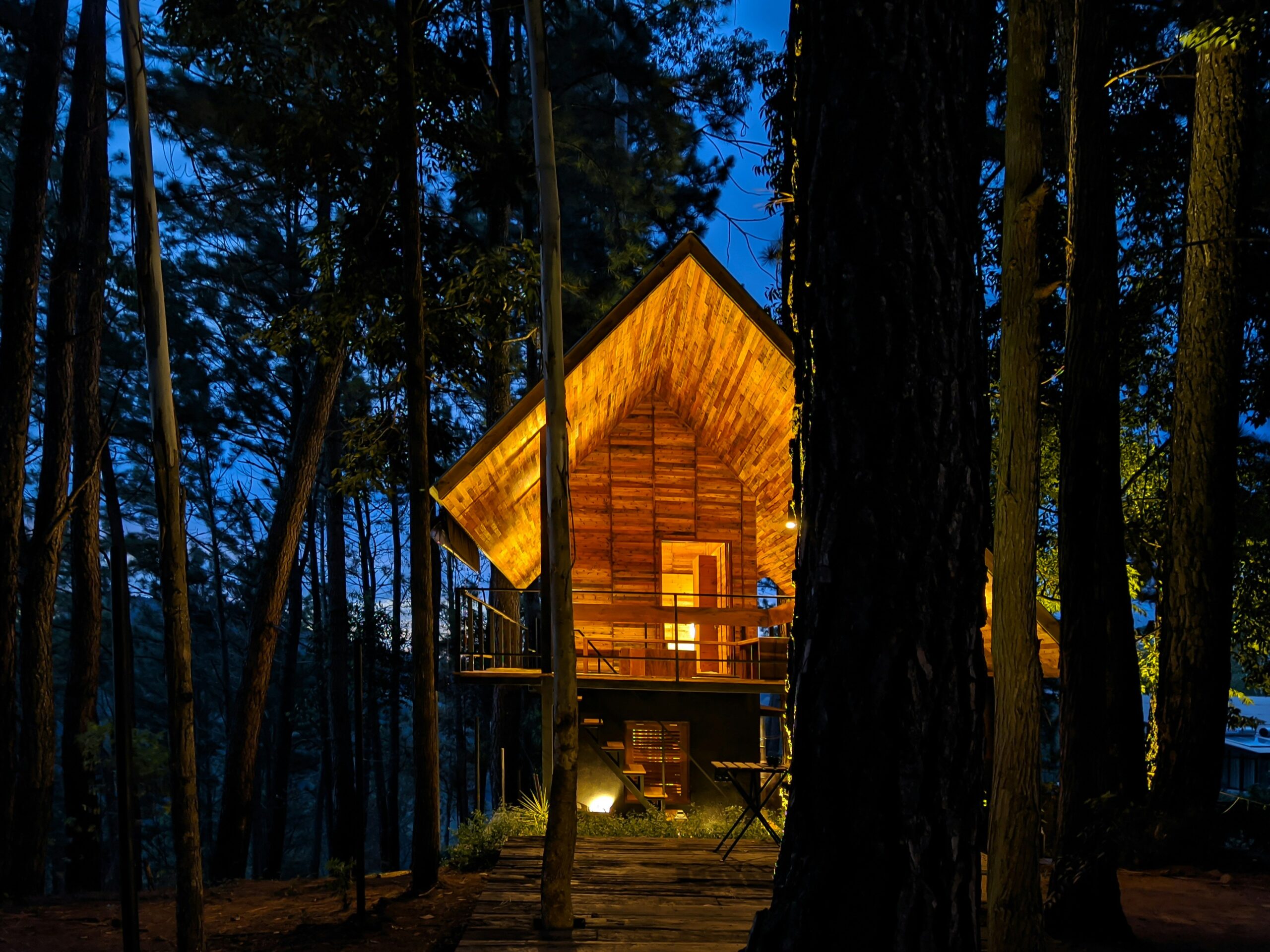
Hospitality Insights
Outdoor Lodging in Asia Pacific
September 2025
The rise in global demand for outdoor lodging products has emerged as a key trend in travel, captivating the imagination of travellers seeking unique, immersive experiences in nature without compromising on comfort and, in many cases, luxury.
So, what is outdoor lodging and why does it matter now to hospitality industry stakeholders in Asia Pacific?
What is Outdoor Lodging?
Outdoor lodging encompasses various forms of accommodation types located in, or closely integrated with, natural and open-air environments, where the emphasis is on connecting guests with the outdoors rather than enclosing them in traditional built structures. This can include glamping – a portmanteau of “glamorous” and “camping” – but also extend to:
- more traditional forms such as eco-lodges, treehouses and yurts;
- other innovative structures such as domes, pods, floating villas and cabins; and
- hybrid properties offering both conventional rooms and nature-based lodging units.
The tranquillity and beauty of nature
Outdoor lodging products enable guests to experience the tranquillity and beauty of nature while enjoying the comforts of modern accommodation and personalised hospitality.

Key characteristics of outdoor lodging are:
- Location: Situated in natural settings (forests, mountains, lakesides, safaris, coastal areas, deserts, farmlands)
- Distinct Design Intent: Structures are often modular or semi-permanent, blending built environment with natural landscapes; and can be unique and architecturally innovative
- Unique Guest Experiences: Immersive nature experiences – stargazing, campfires, wellness activities, animal watching
- Focus on Sustainability: Emphasis on eco-friendly practices in construction and operations
- Premium Amenities (not traditionally associated with such outdoor environments): Comfortable bedding, climate control, private/ ensuite bathrooms
- Premium Rate Generation: The combination of provided premium amenities and conveniences with such outdoor environments has proved to generate premium rates relative to the per unit development costs.
Partner

Asia Pacific Outdoor Lodging Assocation
Authors
Bill Barnett
Managing Director, C9 Hotelworks
The evolution of Outdoor Lodging
The historical evolution of outdoor lodging and its progression to modern glamping has tracked closely to changes in how humans travel, seek leisure and interact with nature over centuries.
In nomadic traditions and ancient times, Mongolian yurts, Bedouin tents, and African safari camps have long provided practical, mobile shelters blending mobility, climate resilience and cultural identity. Military and royal expeditions often used lavish tents during campaigns as well. For instance, the Ottoman Empire’s royal pavilions and Mughal emperor’s tented cities were outfitted with silks, carpets and other luxuries.
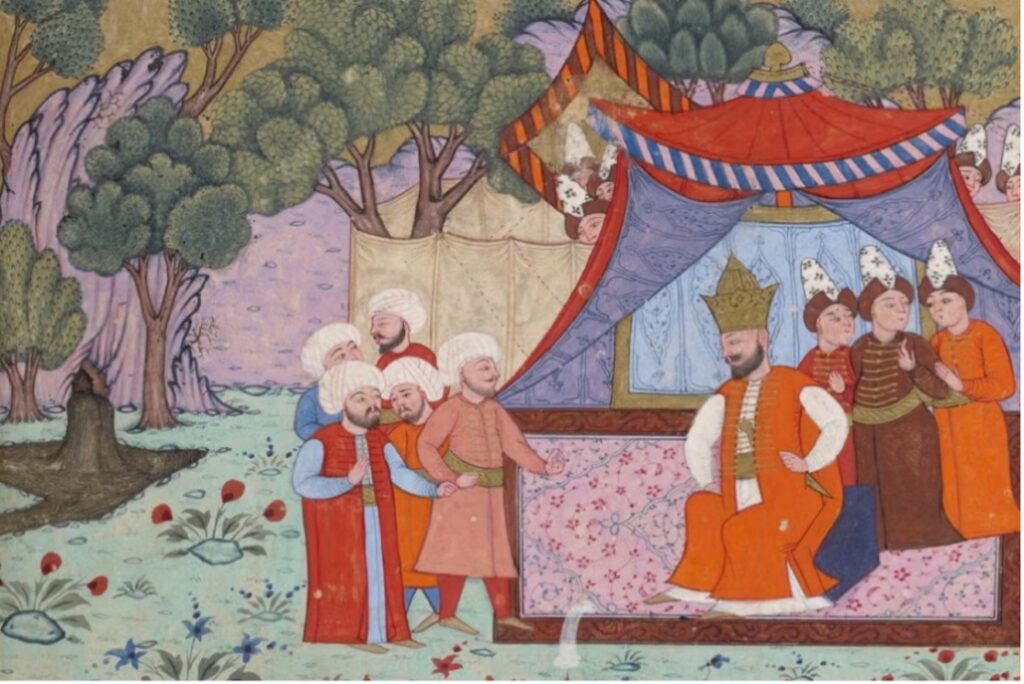
From the late 18th to the 19th century, the Romanticism movement elevated nature as a source of beauty and restoration, and this movement led to leisure camping gaining cultural traction in Europe and North America. As cities grew dense, outdoor escapes became increasingly popular as a form of reprieve for urban dwellers.
The 20th century witnessed organized outdoor lodging programs being formalized through groups like the Boy Scouts, YMCA Camps and national park lodges; and the advent of cars and railways enabled families to access wider and more extensive swathes of nature during the post-war leisure boom. Growing awareness of sustainability and low-impact travel began shaping outdoor lodging designs such as treehouses, eco-lodges and jungle retreats.
The most recent rise of outdoor lodging, particularly glamping, began in the early 2000s, as catalysed by changing traveller preferences, advances in hospitality design and the proliferation of social media as a tool for visual storytelling. This increase in demand has been further boosted by several additional factors, such as:
- the global wellness movement, which has encouraged travellers to seek restorative retreats in natural settings;
- the COVID-19 pandemic which drove demand for socially distanced and nature-centric travel; and
- a growing desire for escape from a hyper-connected, digital world.
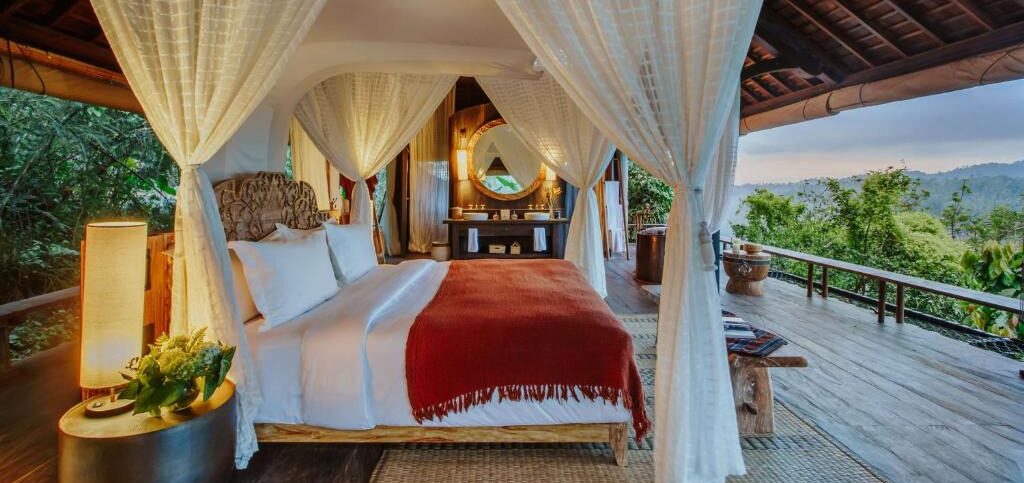
Asia Pacific market size and trends
The outdoor lodging sector has witnessed exponential growth over the past decade. According to various industry reports, the global outdoor lodging market was valued at USD 25.8 billion in 2019 and is expected to reach USD 41.7 billion by 2027, growing at a compound annual growth rate (CAGR) of 6.4%1. Glamping, as a premium sub-segment was valued at approximately USD 3.5-4 billion in 2024 and is projected to exceed USD 9 billion by 2033, reflecting a CAGR of approx. 11%.
Key drivers of growth include:
- Rising disposable incomes and greater desire for unique travel experiences;
- Increased investment in outdoor hospitality infrastructure;
- Popularity of experiential and adventure travel;
- Social media influence and digital marketing; and
- Sustainable tourism trends
The Asia Pacific (APAC) region is witnessing a sharp rise in outdoor lodging demand, fuelled by the region’s vast natural landscapes and burgeoning middle class. While estimated figures for the broader outdoor lodging market remains unavailable, the APAC glamping market value was estimated to be approximately USD 620.5 million in 20242, and is projected to grow by a CAGR of 14-16% to exceed USD 1 billion in 2030.
Other regional growth drivers include:
- Rapid urbanization leading to increased demand for nature getaways
- Strong government and private investment in eco-tourism and sustainable lodging
- Rising millennial and Gen Z traveller base prioritizing unique and “shareable” travel experiences
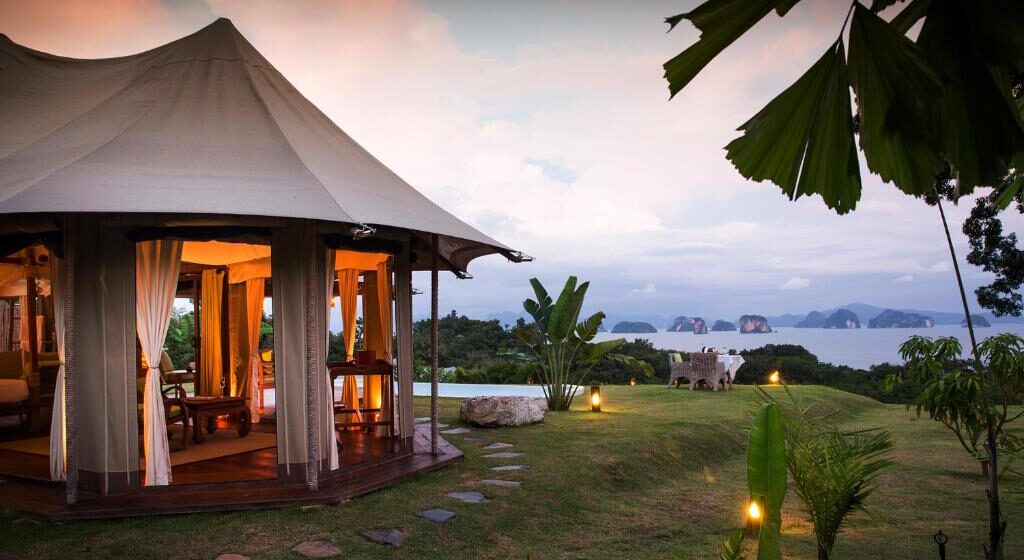
Types of outdoor lodging accommodation
The diversity of outdoor lodging accommodations is one of the sector’s defining features. Key types include:
Tented and Canvas Accommodations
- Classic Tents: Classic tents typically refer to the fundamental designs that have shaped traditional camping, such as A-frame tents and cabin tents. They are valued for their simplicity and durability, making them a staple for campers and outdoor enthusiasts.
- Safari Tents: Originally inspired by classic African safaris, these canvas tents have evolved into fully equipped suites with hardwood floors, plush beds, and ensuites; some including outdoor hot tubs.
- Yurts: Mongolian in origin, yurts feature circular, portable designs and are now built with high-tech insulation, heating, and stylish interiors.
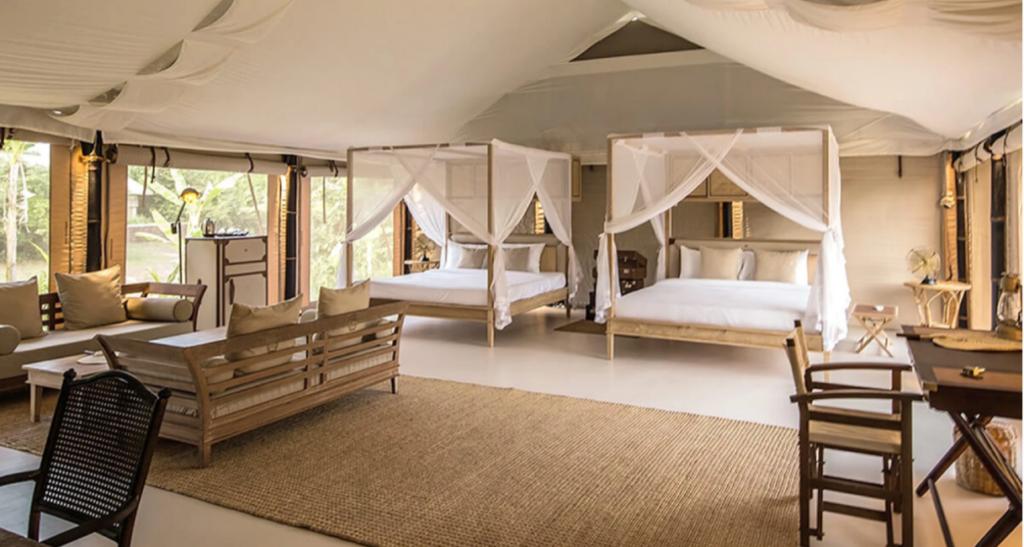
- Domes & Geodesic Structures: Futuristic domes and pods provide panoramic views and resilience against the weather. Their unique spherical shape and modular design allow placement in diverse environments.
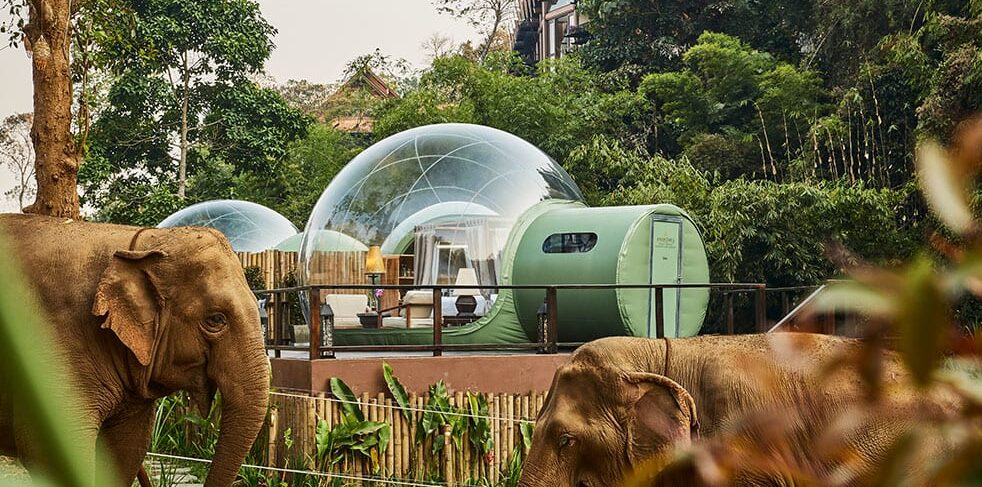
- Tepees & Bell Tents: Inspired by indigenous dwellings, these conical tents are spacious, airy, and often adorned with luxurious bedding, rugs, and lighting.
Raised, Speciality or Fixed Structures
- Treehouses: Treehouse accommodations offer privacy, remarkable views, and a deep sense of immersion in nature. Modern treehouses are engineered for comfort and safety.
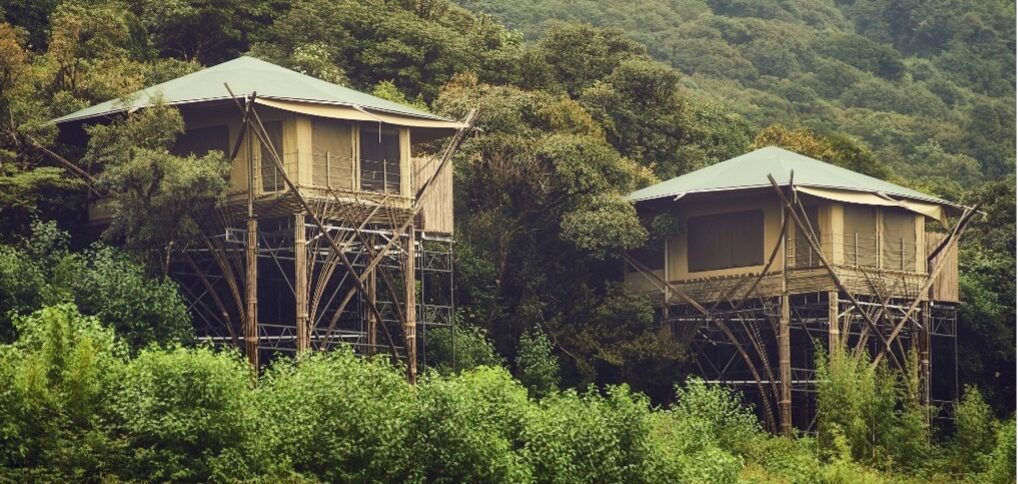
- Cabins & Tiny Homes: From rustic log cabins to minimalist tiny houses, these structures blend traditional lodging with modern amenities, often featuring kitchenettes, climate control, and private decks.
- Modular Lodges: Built using prefabricated modules or sections constructed off-site, these lodges are then transported and assembled at the site to form a complete, permanent structure. Modular lodges are often used for eco-resorts, glamping retreats and remote accommodations.
Water-Based Accommodations
- Floating and Waterfront Lodges: Unconventional accommodations, such as houseboats, floating tents, overwater villas, and eco-pods build directly atop lakes, rivers, or coastlines, offering a blend of adventure and tranquillity.

Mobile Accommodations
- Airstreams, Caravans & Converted Vehicles: Vintage travel trailers, retrofitted buses, and luxury caravans appeal to travellers keen on mobility and nostalgia. These are equipped with modern comforts and are often set in scenic locations.
Ground-Level Outdoor Sites
- Standard campsites, RV hookup sites, van camping and hammock camping platforms
Adventure or Unique Accommodations
- Ice Domes and Igloos: For those seeking Arctic or alpine experiences, ice hotels and igloos offer insulated, heated interiors with glass roofs for stargazing or witnessing the Northern Lights.
- Earth Huts and Hobbit Houses: Earth huts are shelters constructed using natural materials found in the immediate environment – primarily soil, branches, leaves, grass and sometimes mud or turf. These shelters are widely recognized for blending into the landscape and providing both thermal insulation and year-round comfort in various climates. Inspired by the fictional homes described in J.R.R. Tolkien’s “The Lord of the Rings” series, hobbit houses are typically built into hillsides or partially covered with soil and vegetation, blending naturally into the landscape for natural insulation and camouflage.
- Farm Stays, Eco and Vineyard Lodges: Set amidst working farms or vineyards, these accommodations combine agrotourism with luxury, allowing guests to participate in farm activities or enjoy wine tastings.
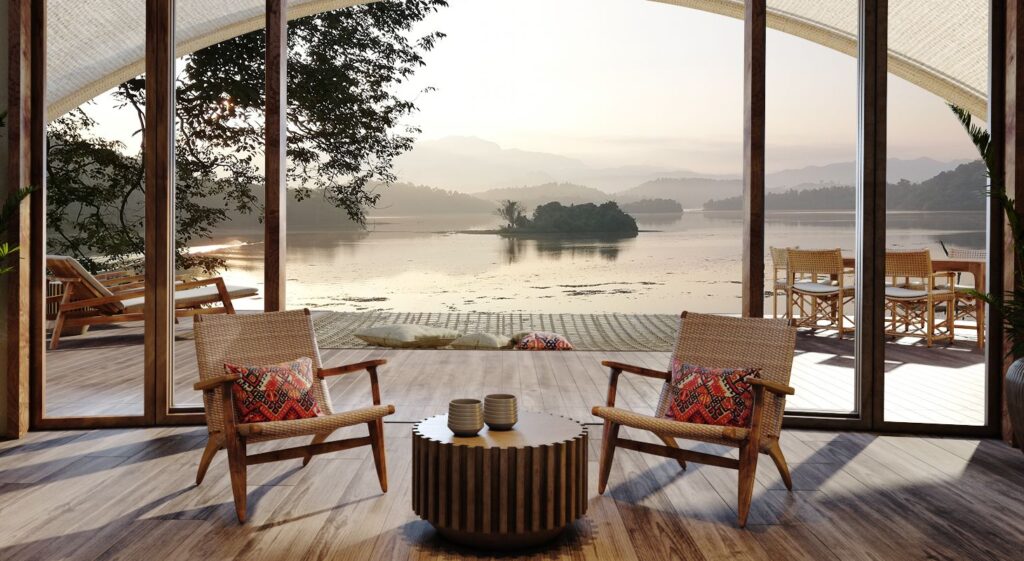
Conclusion
The outdoor lodging segment is a vibrant and growing sector sitting at the intersection of hospitality innovation, experiential travel and environmental stewardship. With the right strategies, industry stakeholders can unlock value for guests, investors, local communities and the natural environment. The sector’s robust growth is testament to travellers’ growing desire for alternative accommodations and meaningful connections with nature, without forgoing convenience, comfort or luxury. As the industry continues to innovate – with new accommodation types, creative design, sustainable practices, and personalized experiences – this segment is poised for further growth.
Sources:
1 Comprehensive Outdoor Hospitality Market Analysis: Opportunities and Challenges, Jan 2024, CRR Hospitality
2 Asia Pacific Glamping Market Size & Outlook, 2024 – 2030, Grand View Research
This is the first part of a series of articles on the Outdoor Lodging sector authored by APOLA in partnership with Horwath HTL and C9 Hotelworks.
About APOLA
The Asia Pacific Outdoor Lodging Association (APOLA) is an industry association that seeks to create a collaborative environment where outdoor lodging providers, industry experts, and stakeholders can come together to share knowledge, insights, and innovations. By fostering collaboration, the association aims to drive continuous improvement in the quality of outdoor lodging experiences that showcases the diverse beauty of Asia Pacific while preserving and celebrating its natural and cultural heritage. This includes the exchange of ideas on new technologies, design concepts, and operational strategies that enhance the overall guest experience, minimise the environmental impact of outdoor lodging and contribute to the long-term success of the industry.
About C9 Hotelworks
C9 Hotelworks is a globally awarded hospitality consultancy recognized as Asia’s leading advisor on residential and mixed-use developments, with projects and clients across all markets within Asia Pacific. With a history spanning over a decade, C9 has worked throughout Asia and in many other locations around the globe from its base in Thailand, delivering independent, strategic advisory services to owners and developer for market studies, feasibility reports, management operator negotiations and asset management. C9 has a high level of expertise in both hospitality and property sectors, with deep experience producing and analysing research that delivers insight to identify key issues, evaluate complex ones and support clients in achieving solid success.








